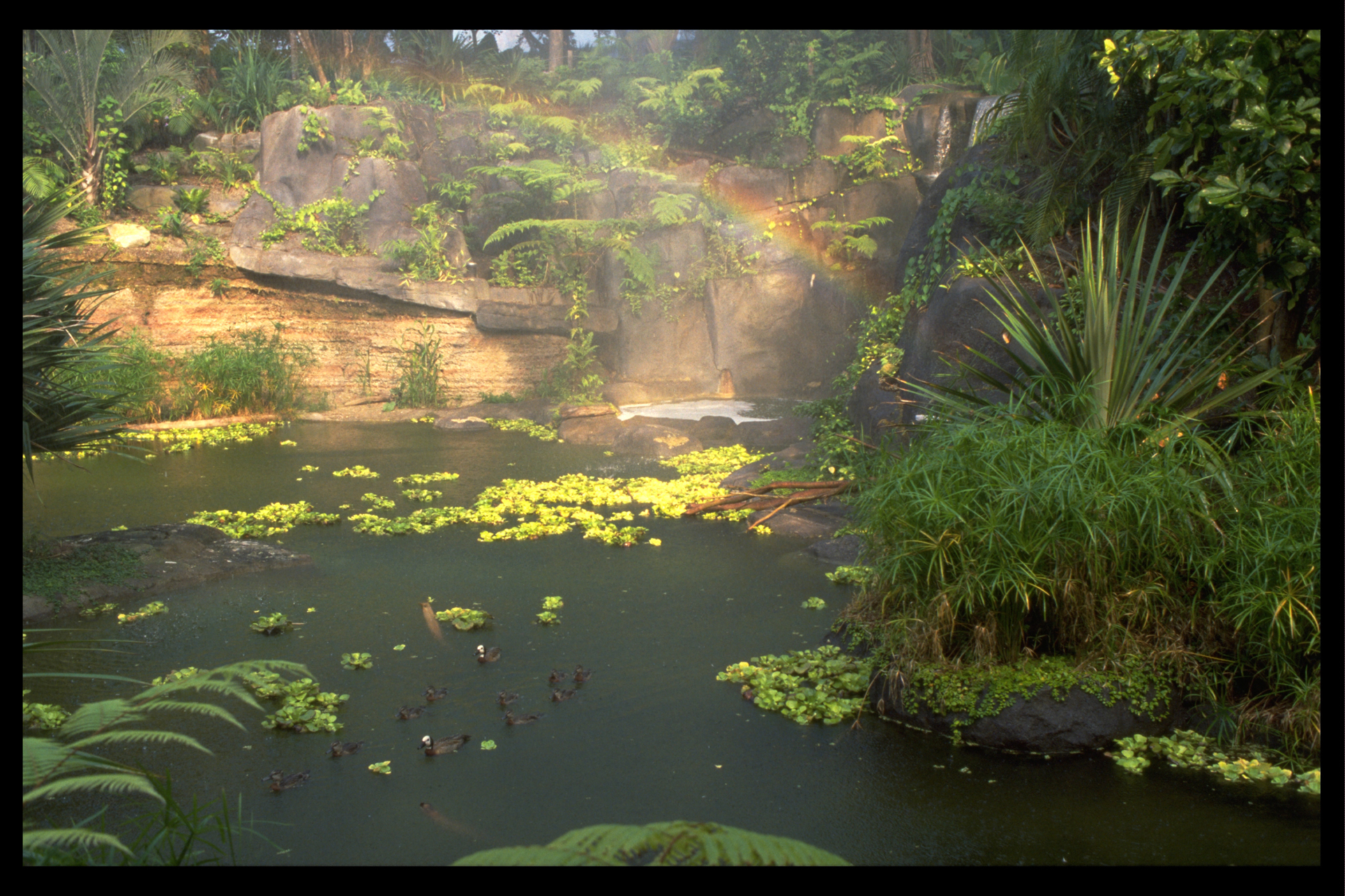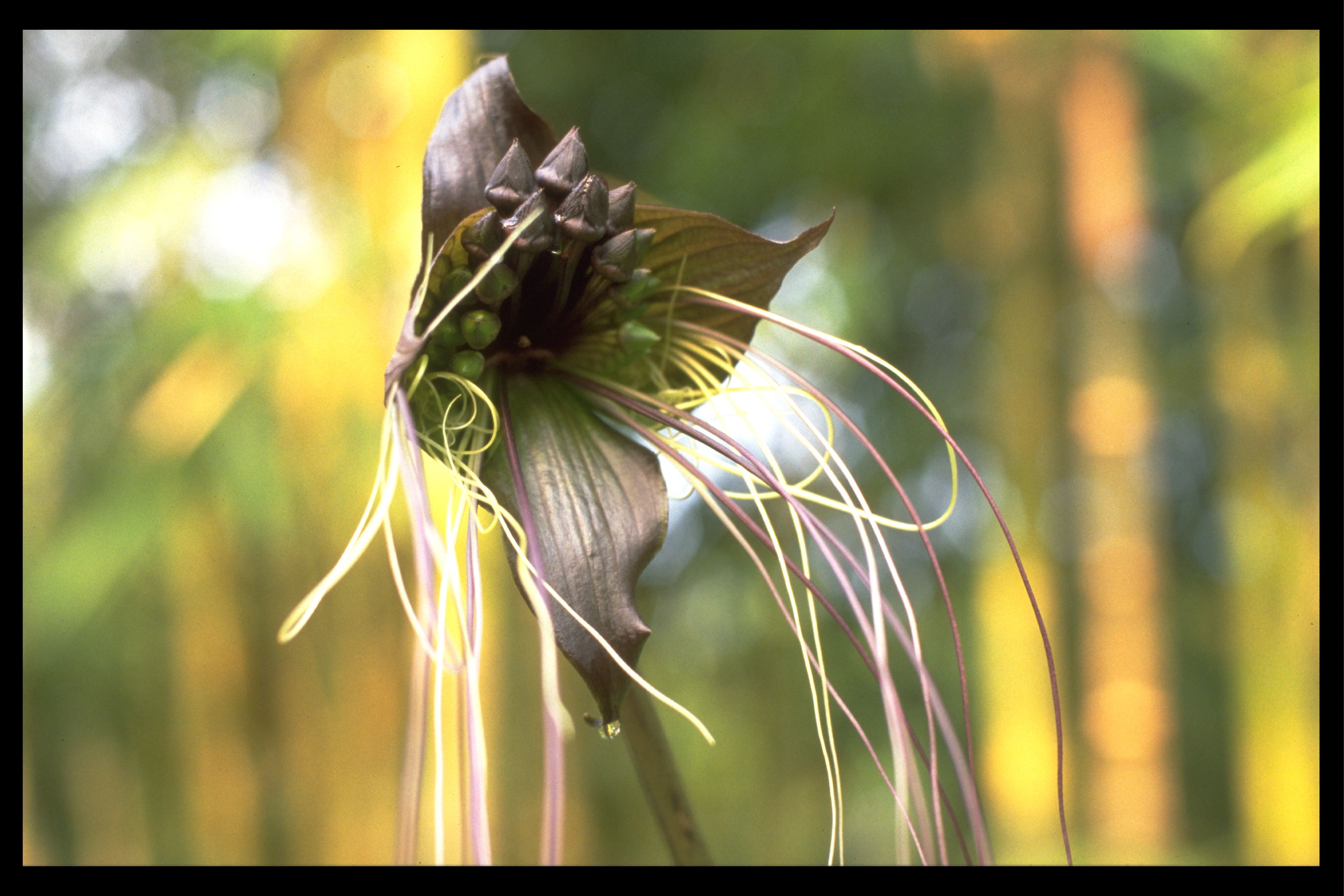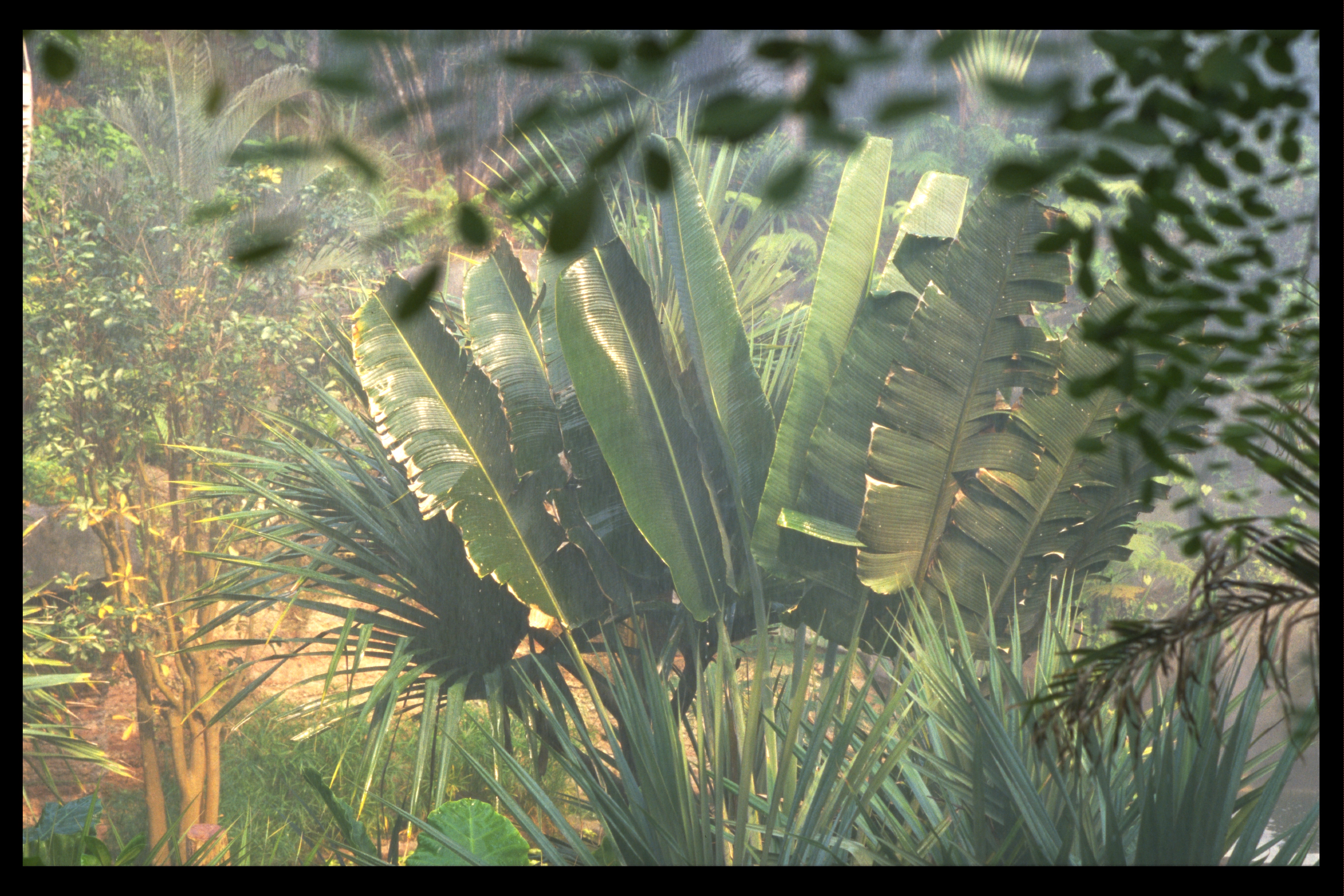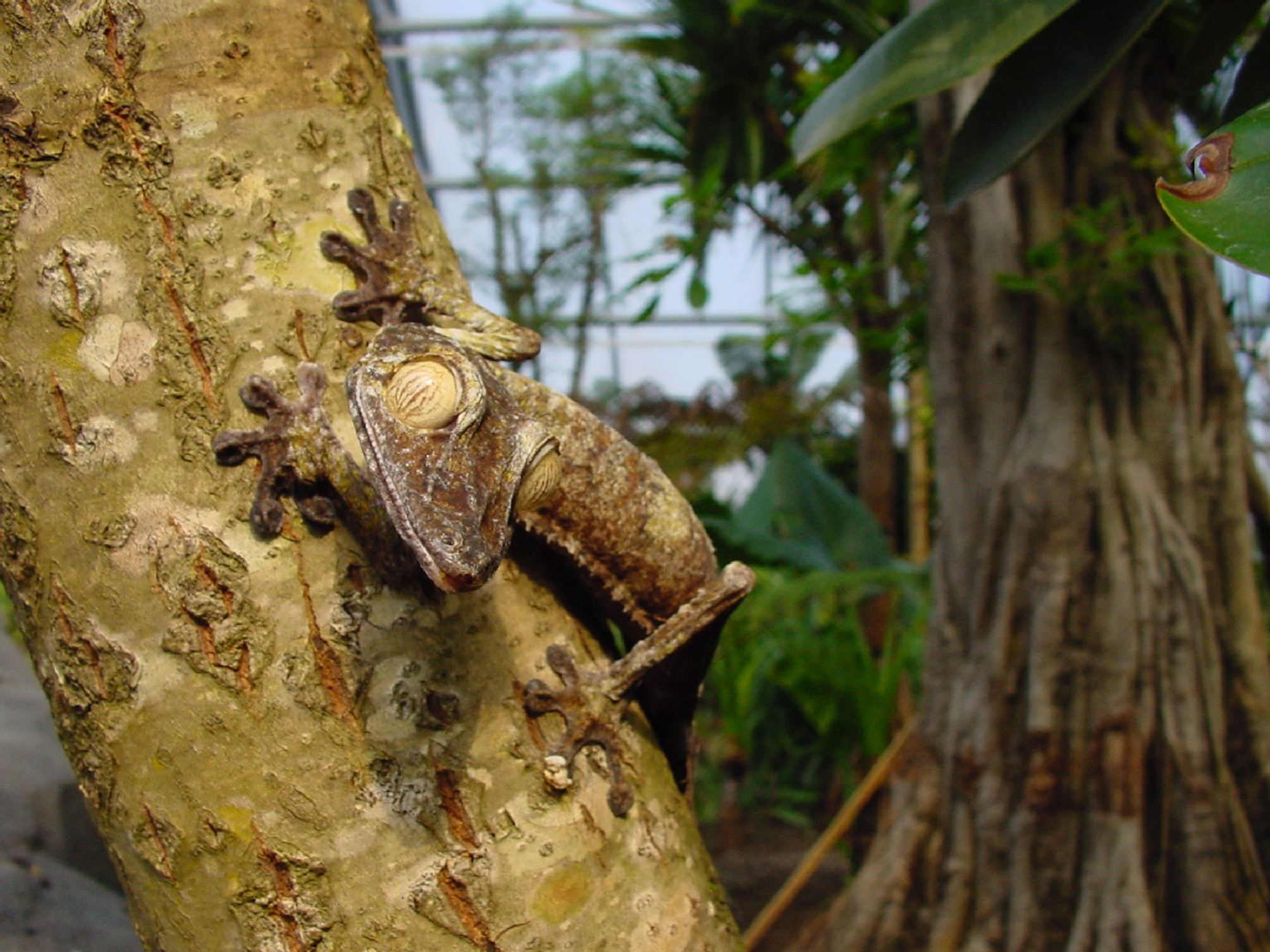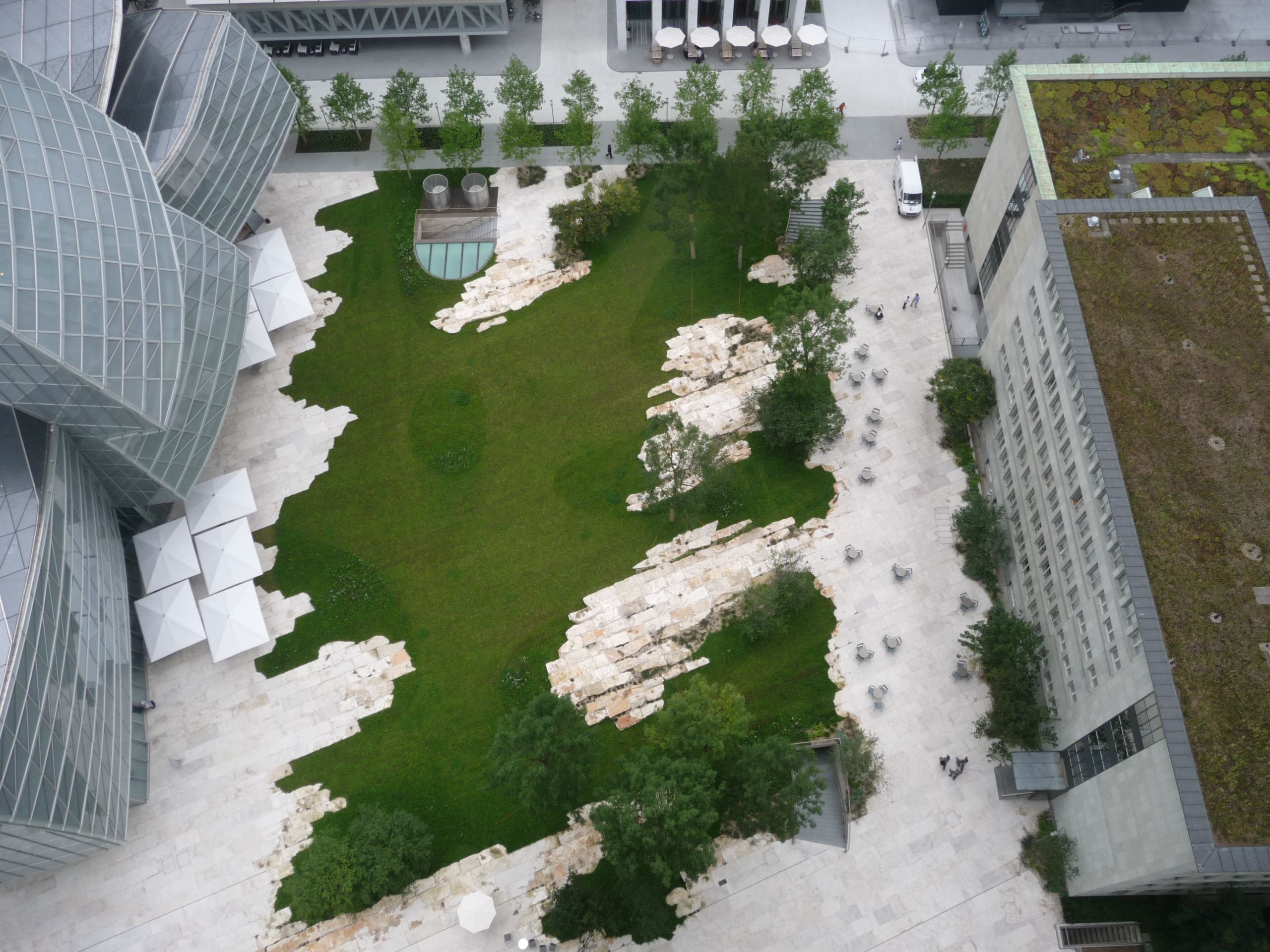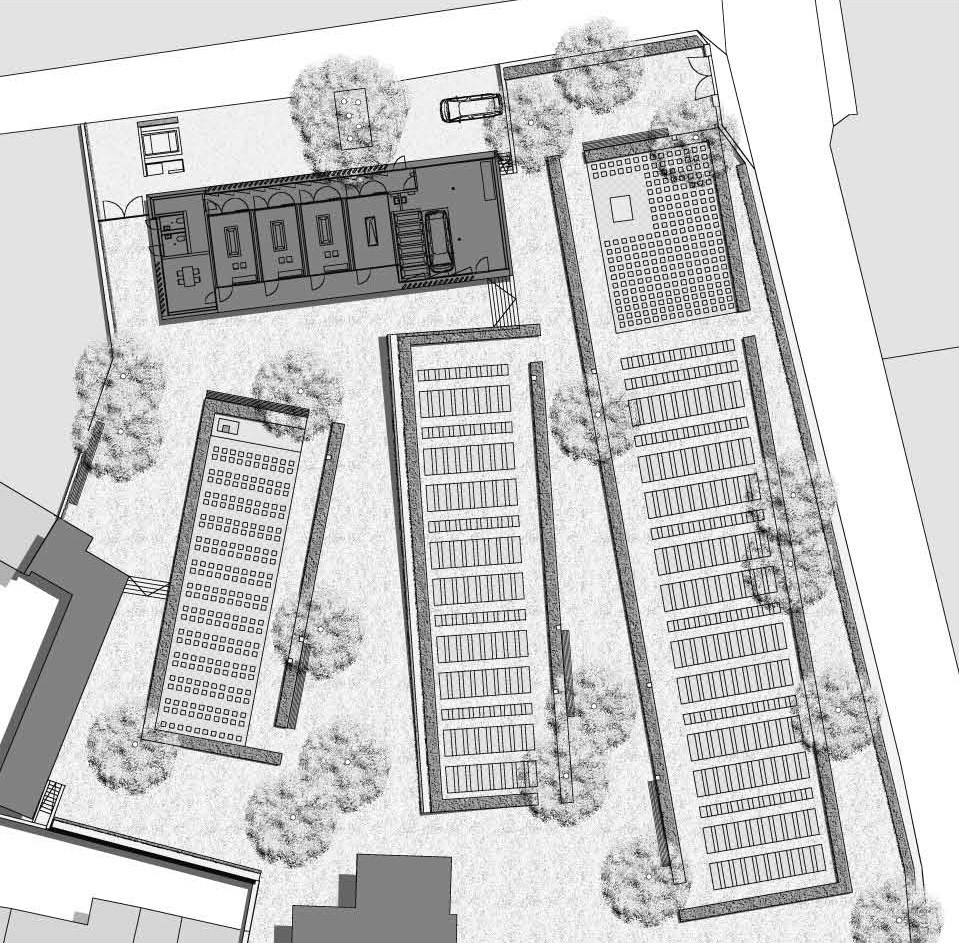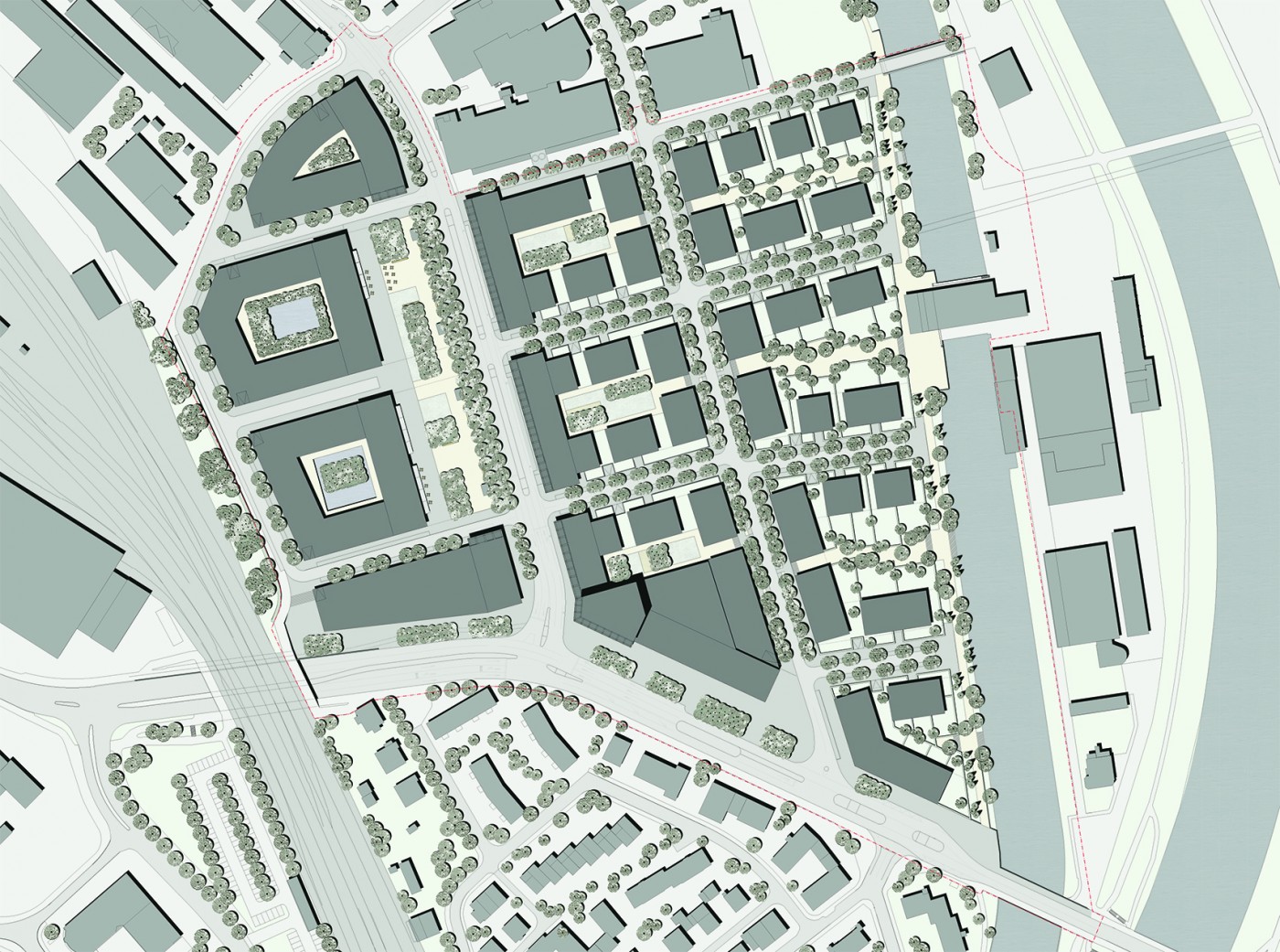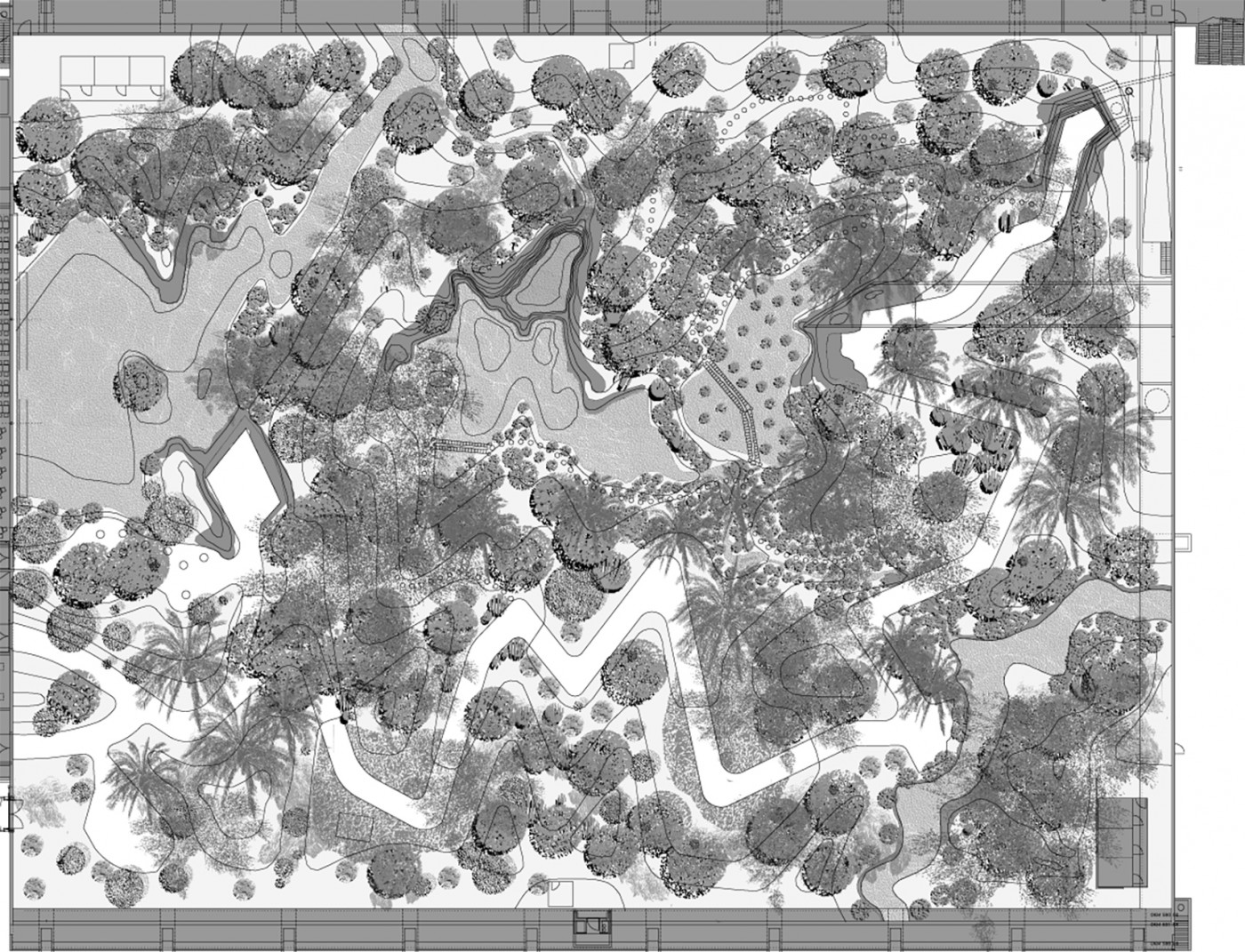
lt is the enormous size of the Masoala Rain Forest Hall at the Zurich Zoo (the exhibit is 120 metres long and 90 metres wide, and reaches 30 metres in height) that enables it to convincingly reproduce the lowland rain forest, a type of primeval forest.
Eighty percent of the animals and plants in Madagascar do not exist anywhere eise, and Madagascar's primeval forest is also highly unusual in its structure and composition. lts most characteristic feature is the way the treetops meet and come together to form a characteristic, homogeneous, wavy canopy of leaves. As in a natural site, in this exhibit hall there are three storeys. The plants are divided into a tree layer, a shrub layer and a ground layer. The Madagascan flora is distinguished by woody plant species. Except for orchids, which grow primarily on trees in an incredible array of roughly a thousand different species, there are virtually no herbaceous plants. Trees are the foundational structure upon which the majority of the island's animal species live.
The most defining experience of visiting the exhibit is the unfamiliar weather. With humidity as high as one hundred percent, temperatures reaching 32 degrees Celsius, and rainfall twice as high as in Zurich, visitors are aware that they are entering a humid world. Plants that are familiar at first, such as rubber plants and dracaena palms, are planted more densely than usual and have unaccustomed dimensions. In them, birds, reptiles and lemurs live without the usual bars or cages. The "glass box principle", in common use at zoos and botanical gardens, is replaced by the direct participation of the observers. The path through the highly mobile landscape leads past swamp zones - the habitat of numerous colourful frogs - to the six-metre high waterfall, where little kingfishers hunt for fish and ibis take showers. Hunting and climbing trails lead deeper into the forest and invite the visitor to explore individual biotopes more closely. The process of change is part of the concept here. In the course of time, leaves and branches will form a tropical forest floor.
Tree Nursery
A nursery was constructed at the edge of the rain forest in Madagascar specifically for the Masoala Rain Forest Hall Project. There seedlings are raised which are then brought to Zurich and planted underneath the large trees. This nursery is part of the Masoala Rain Forest Hall Project, which the Zurich Zoo created in 1992 an the basis of the conservation strategy ot the International World Conservation Union (IUCN). This project seeks not only to provide an appealing experience of nature, but also to inform and enlighten visitors about disappearance of the rain forests, as weil as to provide the long-term maintenance for the national park in Madagascar.
For futher information, check www.zoo.ch.







